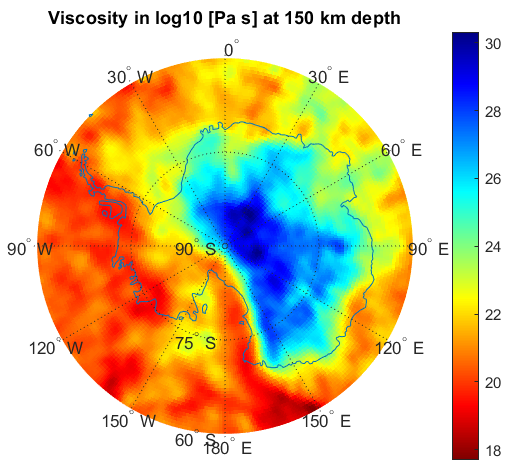Task 4: Sensitivity analysis of petrological models and their rheological consequences
Given that i) experimental data in complex (realistic) compositional systems (CaO-FeO-MgONa2O-Al2O3-Cr2O3-SiO2) needed to verify and test the performance of available thermodynamic models is very scarce and ii) available experimental data in simple systems (e.g. CaO,MgO,SiO2) is usually used to calibrate the thermodynamic model in the first place, this task will make use of one of the best sources of independent validation datasets: well characterized mantle xenoliths with low alteration. These represent real pieces of mantle (real mineral assemblages) for which a thorough characterization of its minerals, equilibrium conditions and robust thermobarometric estimates have been performed. Therefore, they contain all the information necessary to test the phase-equilibria predictions from thermodynamic models (i.e. bulk composition, mineral chemical and modal composition, equilibration temperature and pressure conditions).
Moreover, this task will produce a continuous chain from seismic data to observables of the geodynamics models. So far in the literature, and in previous ESA projects, key evidence in the form of laboratory experiments and xenoliths, have received little attention. This is partly because it is not always clear how to link data found in a location to properties of the entire mantle. Yet the petrological models are the key to construct a consistent framework to go from seismic anomalies to parameters that are observed by satellites, such as density changes and deformation. It is also key for bringing together the models for long-term and short-term deformation. Between the rheological model developed in this task and the geodynamic GIA model in Task 2 there will be iterations. The GIA model is made suitable for arbitrary rheological models, and simulations will be run for the selected parameters. As there is currently not sufficient information for 3D variation in grain size or water content, the number of simulations will be limited. Between the mantle convection model and the GIA model there is interchange because of the long-term background stress that will influence the GIA rheology which is taken to be stress-dependent.

Workpackages Task 4
For this task, we will assemble a collection of no less than 100 well-studied peridotitic xenoliths from different tectonic settings around the world and use them to assess the performance of STX22 and TH21 (and if possible that of Chust et al.; 2017) in reproducing mineral modes, mineral compositions (i.e. redistribution of elements among phases) and bulk thermochemical and thermodynamic properties available from laboratory measurements performed on the xenoliths. We will then propagate these errors using full probabilistic methods to predictions of bulk physical properties (seismic velocities, etc) for each mineral as well as for the aggregate using standard mixing rules.
We will combine these results with those from other sub-tasks (WP 1000, WP 2000, WP 5000, WP 6000) to consolidate the final algorithms to be used, the most appropriate thermodynamic model (or models) for each task, and to create an initial whole Earth multiparameter model. The latter will then be used in other work packages and the 3D Earth Extended Element in particular. The propagation of errors in physical parameters estimated in the previous step need to be also propagated to the estimation of real geophysical observables (gravity gradients, gravity anomalies, seismic travel times, dispersion curves, etc).
In this task we will use the platform LitMod3D_4INV to assess the sensitivities of relevant observables to bulk thermodynamic parameters, and hence, to the fundamental thermodynamic variables: composition, temperature and pressure. We will use the same platform for addressing the propagation of uncertainty from model to data using full probabilistic approaches.
• The viscosity models will be made available to the wider community. The procedure will be published and can be applied to viscosity estimates in other regions. This will provide the foundation for 4D models in several regions.
• The GIA and convection stresses provide crucial boundary conditions for evaluating the tectonic stress state (e.g. Nijholt et al. 2018), with implications for fault locking and earthquake potential.
• The inversion for material parameters makes clear how seismic anomalies are interpreted in the proposed study region. Are they compositional, thermal or melt anomalies? This question is at the heart of solid earth science, and the work-flow is applicable to other regions.
• Finally, the rheological model will be applicable to short- and long-term geodynamics processes. Potentially bringing together separate bodies of research on post-seismic deformation, GIA and dynamic topography, which will be a major advance in solid earth science.